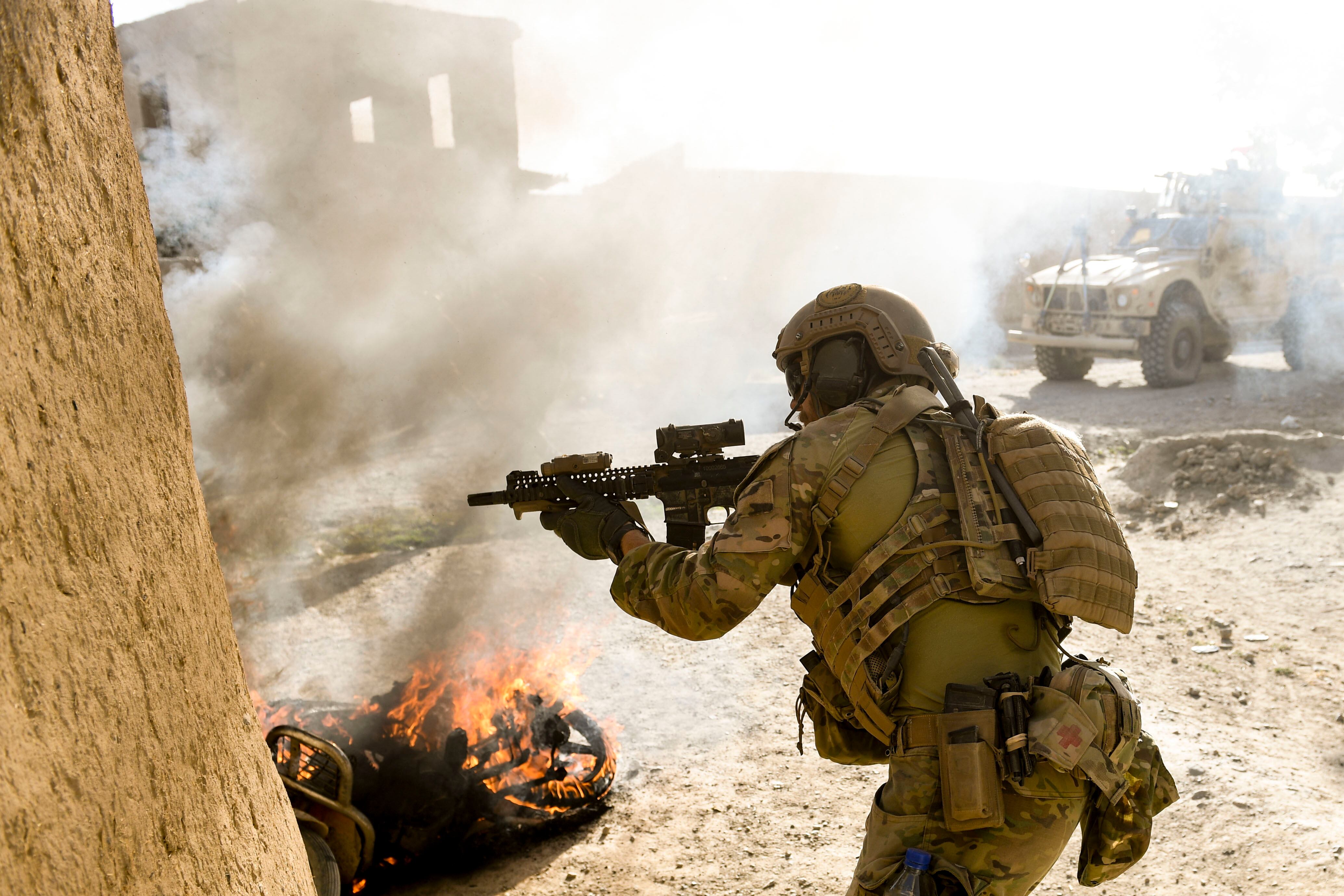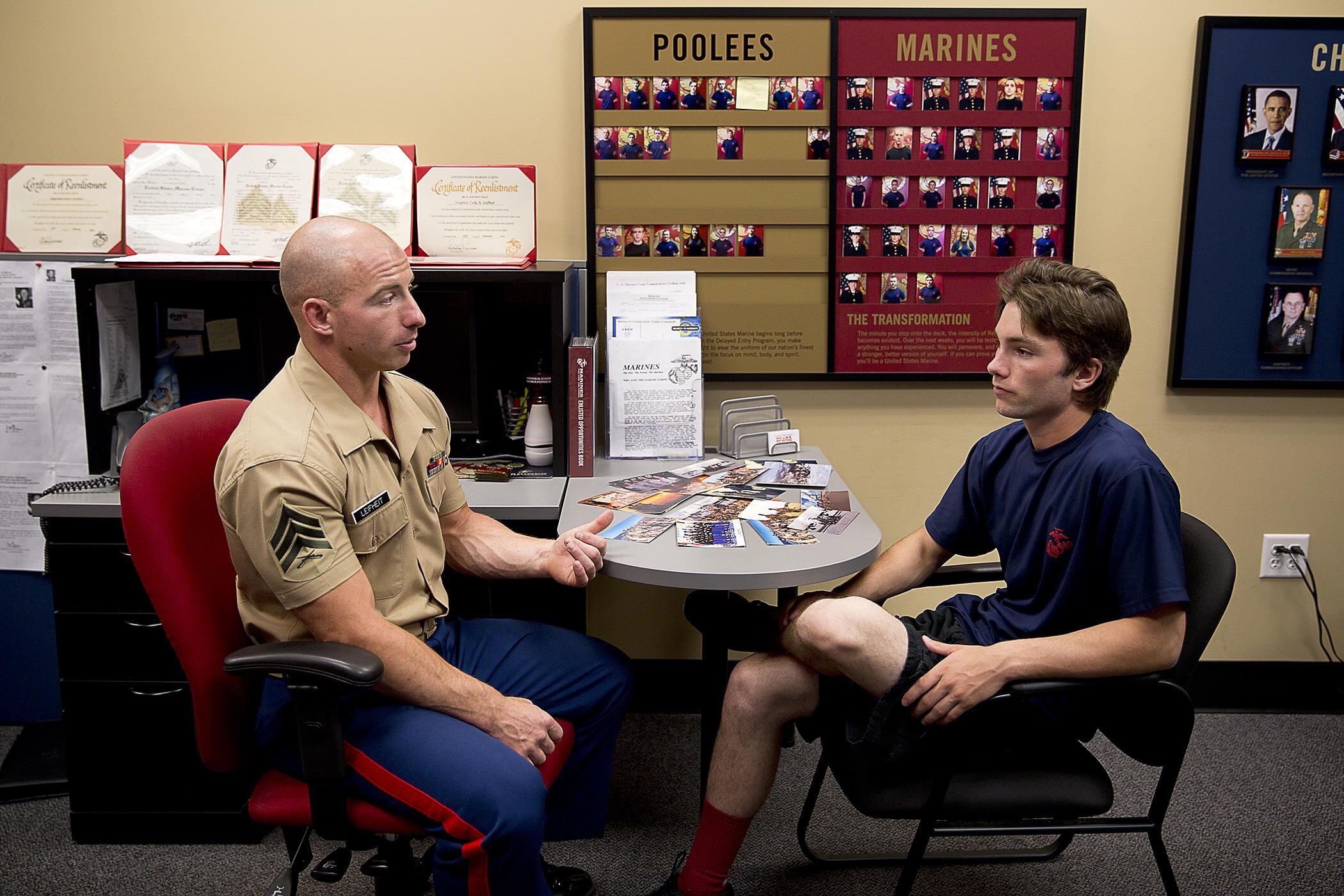

Shawn Snow
Early Bird Editor
Shawn Snow is the senior reporter for Marine Corps Times and a Marine Corps veteran.
All Stories By Shawn


Special operators will be countering violent extremists for the ‘long haul’
The commander of SOCOM said battling violent extremists groups will remain the number one priority for American commandos.

Marine Barracks Washington D.C. is postponing the evening parade season over COVID-19
Marines and fans of the Silent Drill Platoon are going to have to wait a couple more weeks to watch the famed unit twirl rifles and conduct drill movements at the evening parade aboard the Washington D.C. barracks, as COVID-19 continues to disrupt U.S. military operations, shows and plans across the globe.

Marines stuck in Norway as incoming rotation may be delayed over COVID-19 concerns
“In compliance with DOD guidance, the scheduled redeployment of the current rotation of MRF-E has been delayed in order to minimize the risk of COVID-19 exposure to our forces and to stateside communities."

Four coalition members in Afghanistan test positive for COVID-19
Roughly 1,500 service members and civilians are living in screening facilities in Afghanistan “out of an abundance of caution," according to Resolute Support.

Recruits at boot camp getting some extra personal space over COVID-19 concerns
Spaced out bunks adds a little bit of extra room for maneuvering for heavy-eyed recruits scrambling early in the morning to get on line as the drill instructor readies recruits for morning chow and follow-on training.

Marine recruiting stations remain open for business despite Army closures over COVID-19 concerns
Hey Marines,“ev’ry clime and place” is belted out in the “The Marines’ Hymn" — so keeping recruiting stations open in the middle of a viral pandemic shouldn’t be a surprise to anyone.

Better have a fresh haircut Marines, the barbershops across the Corps are still running
There’s not a lot of entertainment left across Marine bases as a result of the virus, but be sure to grab that barbershop ticket and wait in line for your haircut cause fears of COVID-19 excuses are unlikely to appease your unit first sergeant.

First Hawaii-based Marine tests positive for COVID-19
As of Sunday, Hawaii says there are 56 confirmed or presumptive cases of COVID-19. Hawaii Gov. David Ige has ordered, effective March 26, that anyone entering Hawaii undergo a 14-day self-quarantine, according to the Hawaii Department of Health.

Marine Corps exercises and training thunder on despite COVID-19 concerns
“I Marine Expeditionary Force will continue mission-essential training and tasks as directed while taking every precaution to preserve and protect the force, our families and the neighboring communities who enable us to continue our mission of sustaining combat readiness and deployability."

Marine rotation to Australia ‘on hold’ over COVID-19 concerns
“Both Australia and the United States remain committed to the deployment but a decision of this magnitude will take time.”



